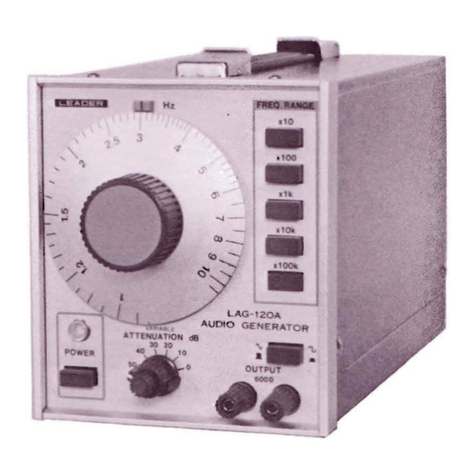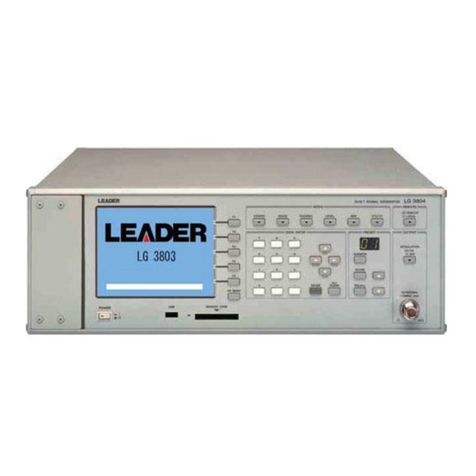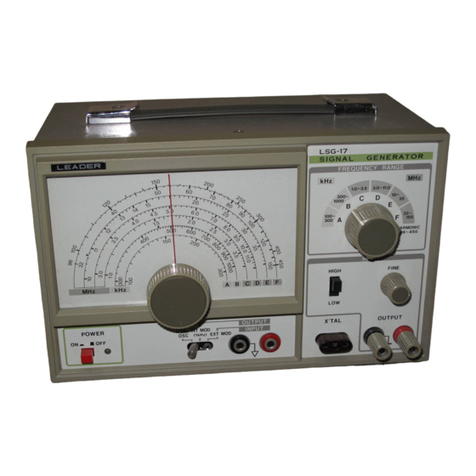Leader Electronics Corp. LAG-125 User manual




















Table of contents
Other Leader Electronics Corp. Portable Generator manuals
Popular Portable Generator manuals by other brands
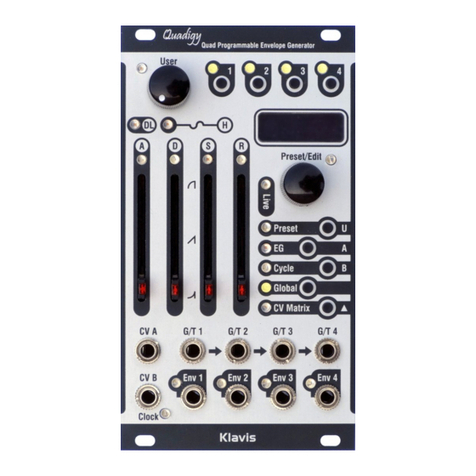
Klavis
Klavis Quadigy user manual

MMD Equipment
MMD Equipment SDG25S-6A7 Service manual

Firman
Firman WH03041 owner's manual

DuroStar
DuroStar DS4000WGE user manual

Isotronic
Isotronic 78405 Instructions for use

Champion Power Equipment
Champion Power Equipment CSA40032 Owner's Manual and Operating Instructions

ASCEL Electronic
ASCEL Electronic AE20125 Assembly and operation manual

Mase
Mase MPL 10 SX Use and maintenance manual
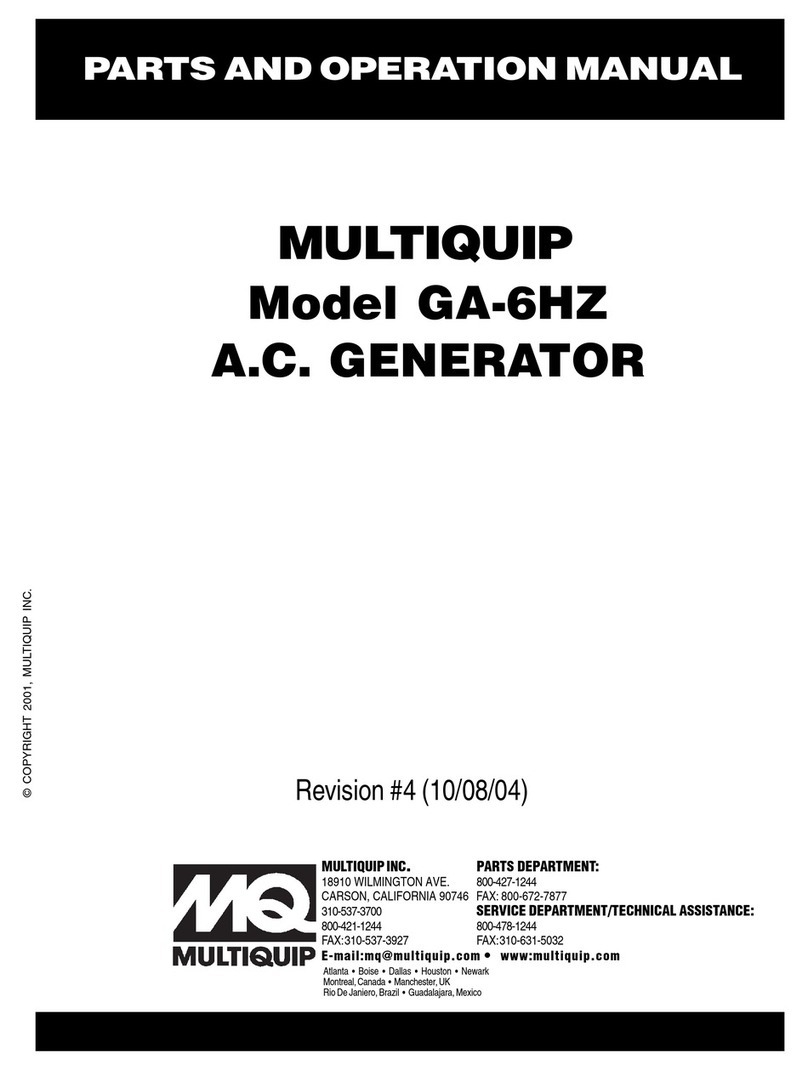
MULTIQUIP
MULTIQUIP GA-6HZ Parts and operation manual

MULTIQUIP
MULTIQUIP GAC6HRS Operation and parts manual

Buffalo
Buffalo Sportsman GEN7000 instruction manual
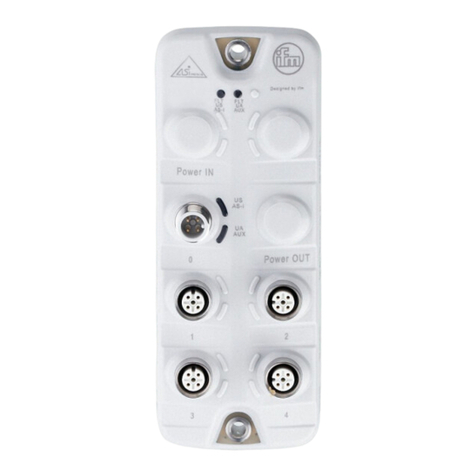
IFM
IFM ProcessLine AC295 Series operating instructions
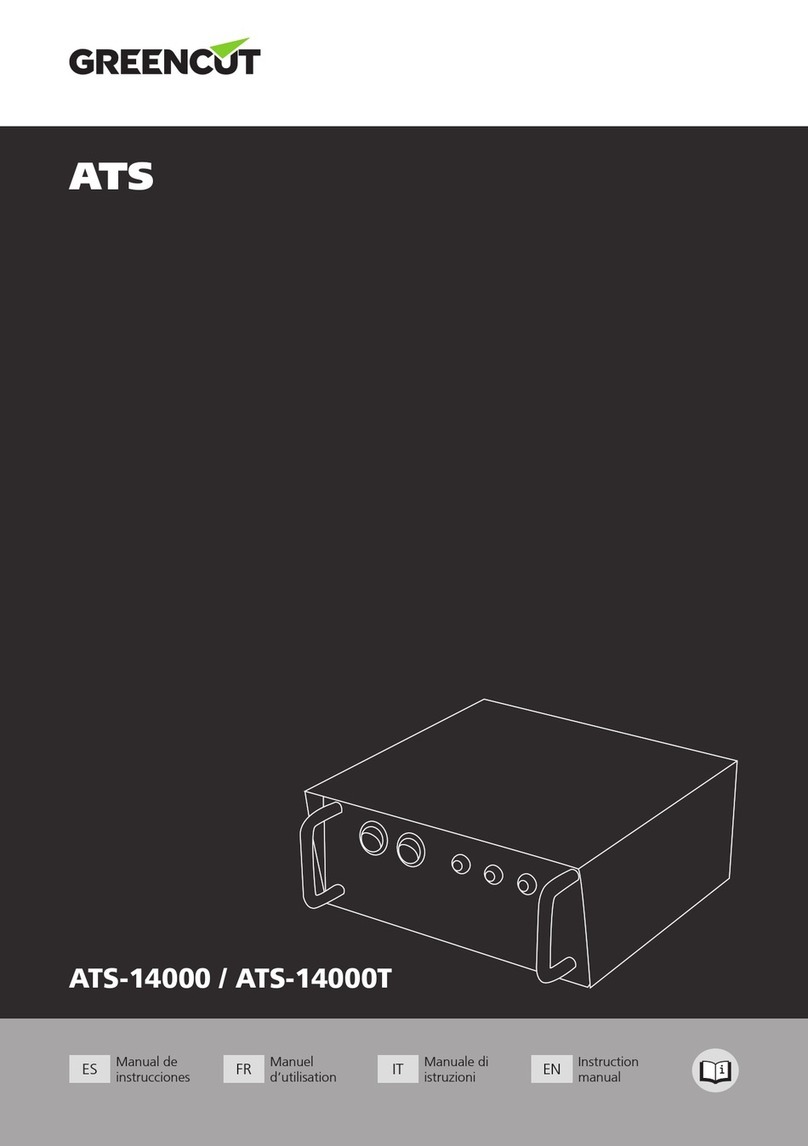
Greencut
Greencut ATS-14000 instruction manual
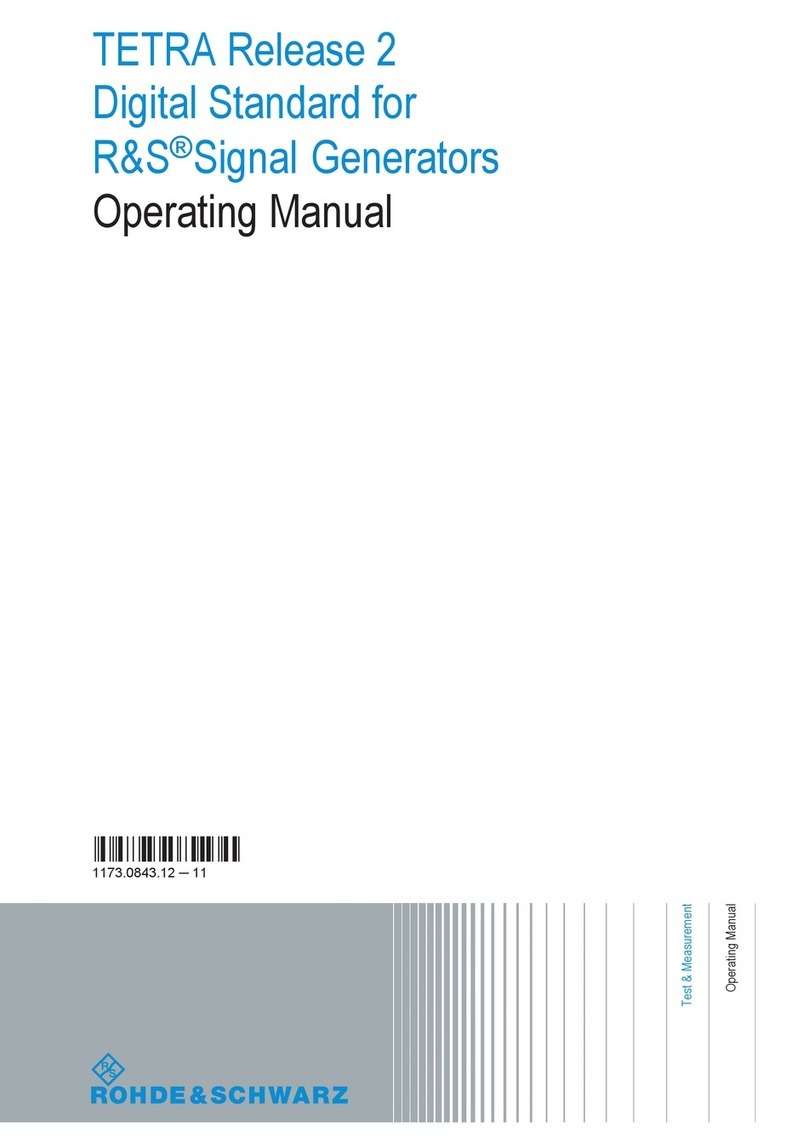
Rohde & Schwarz
Rohde & Schwarz TETRA Release 2 operating manual
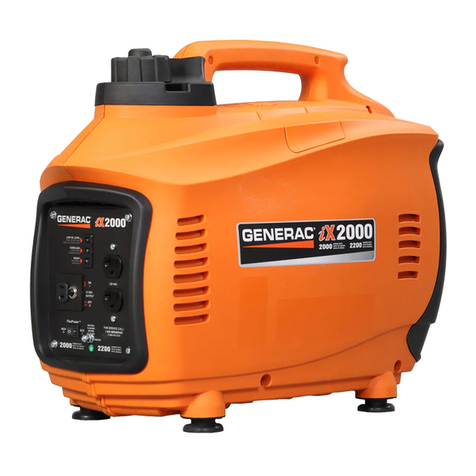
Generac Power Systems
Generac Power Systems IX1600 owner's manual
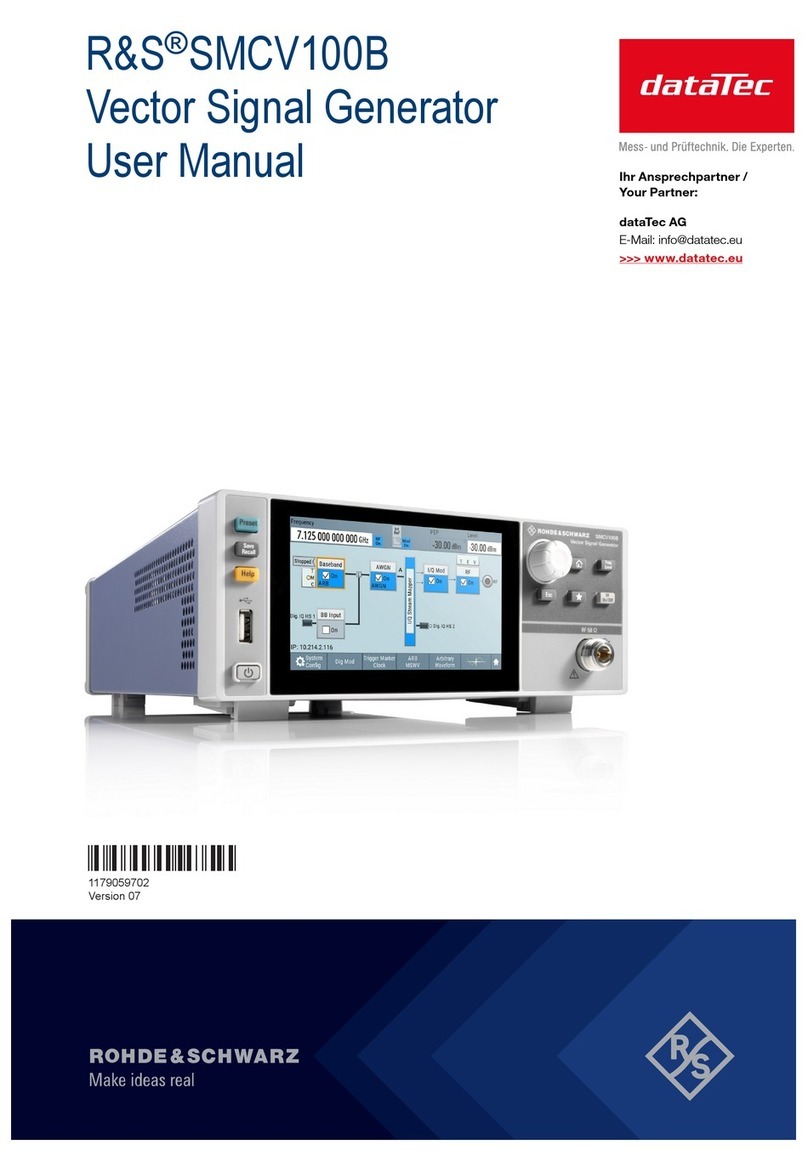
Rohde & Schwarz
Rohde & Schwarz R&S SMCV100BP2 user manual

Remoran
Remoran WAVE 3 operating manual

ESAB
ESAB LAF 631 instruction manual

